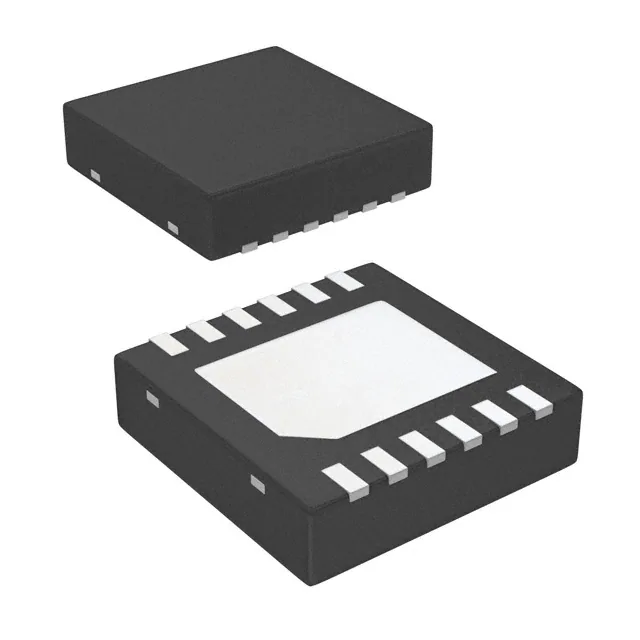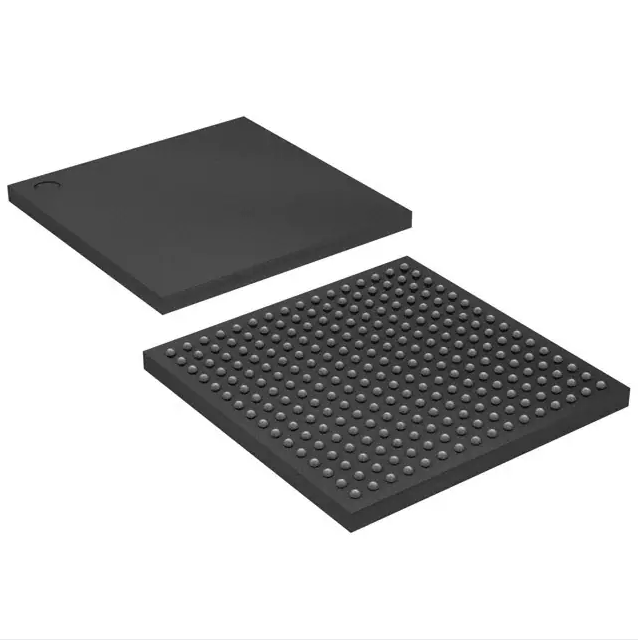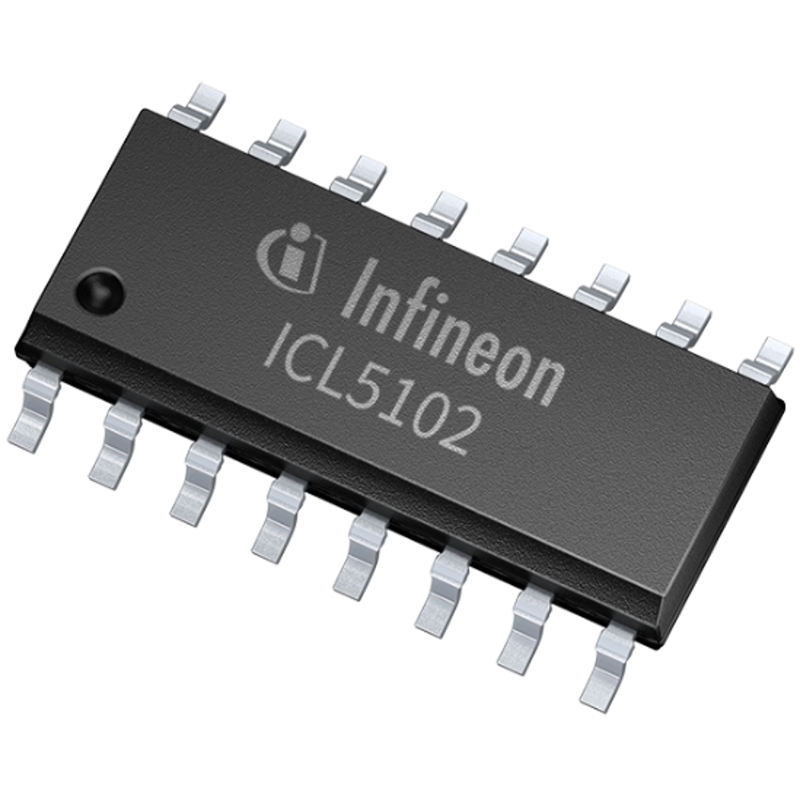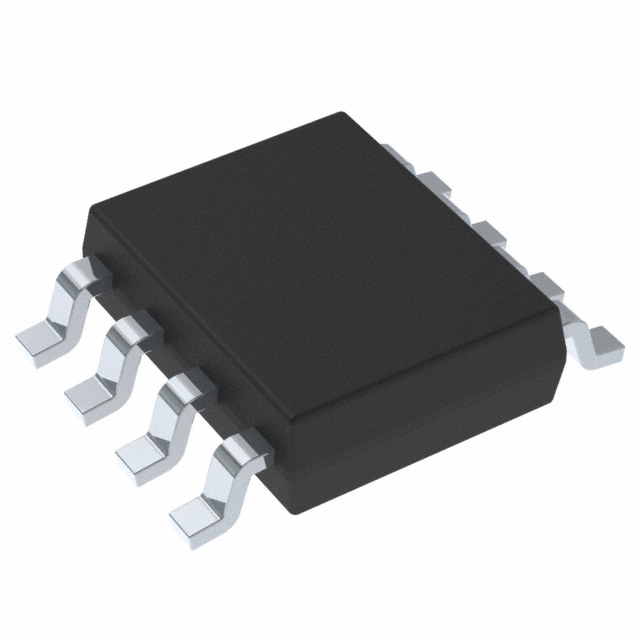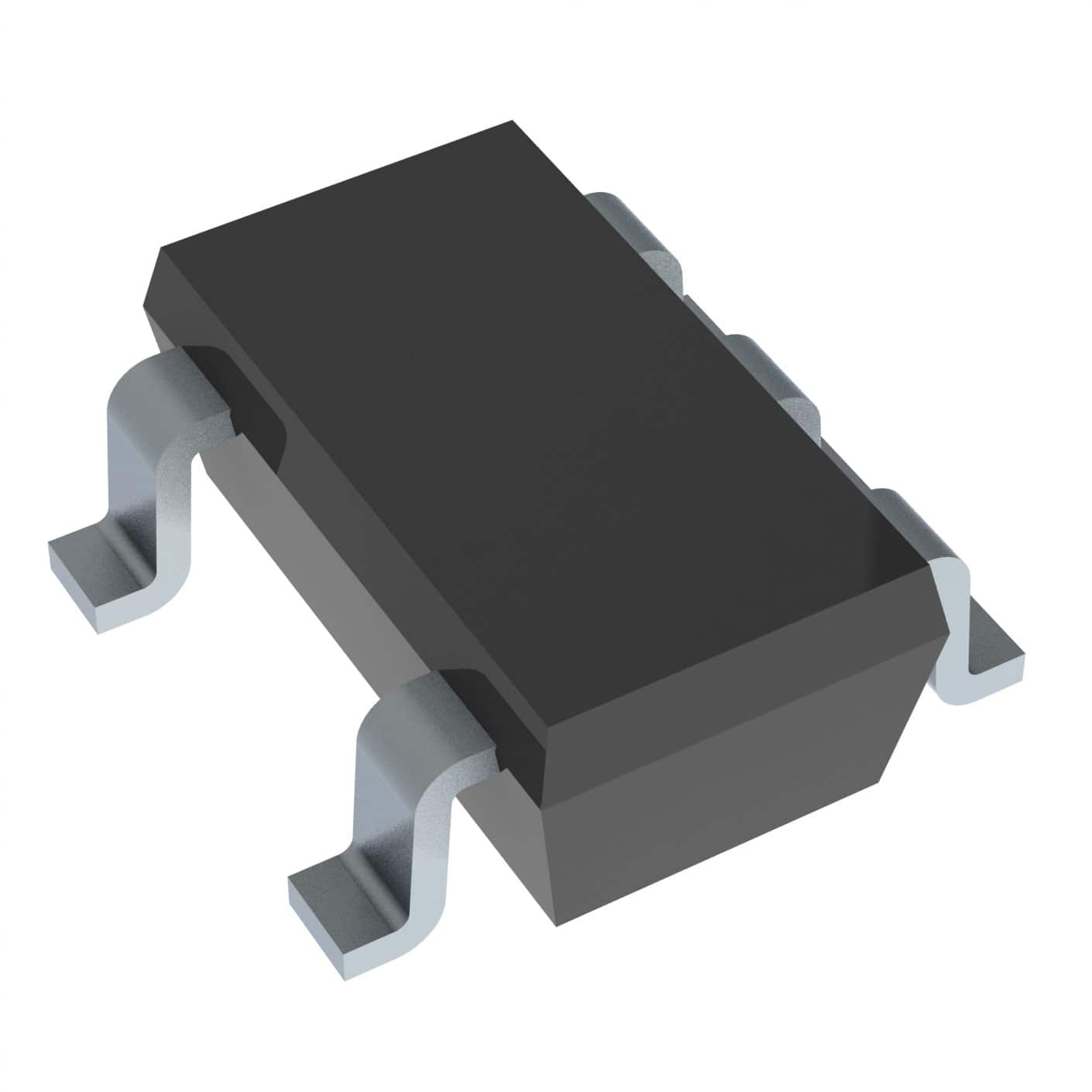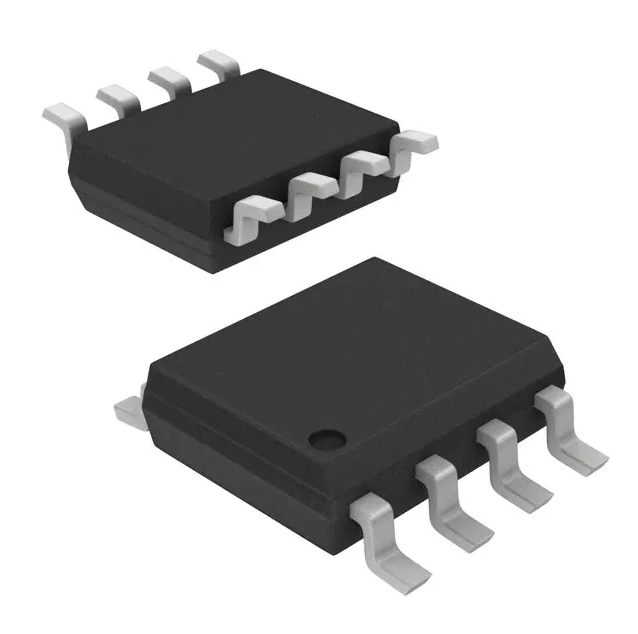New and original LDC1612DNTR Integrated circuit
Product Attributes
|
TYPE |
DESCRIPTION |
|
Category |
Integrated Circuits (ICs) Data Acquisition - ADCs/DACs - Special Purpose |
|
Mfr |
Texas Instruments |
|
Series |
Automotive, AEC-Q100 |
|
Package |
Tape & Reel (TR) Cut Tape (CT) Digi-Reel® |
|
Product Status |
Active |
|
Type |
Inductance-to-Digital Converter |
|
Number of Channels |
2 |
|
Resolution (Bits) |
28 b |
|
Sampling Rate (Per Second) |
4.08k |
|
Data Interface |
I²C |
|
Voltage Supply Source |
Single Supply |
|
Voltage - Supply |
2.7V ~ 3.6V |
|
Operating Temperature |
-40°C ~ 125°C |
|
Mounting Type |
Surface Mount |
|
Package / Case |
12-WFDFN Exposed Pad |
|
Supplier Device Package |
12-WSON (4x4) |
|
Base Product Number |
LDC1612 |
|
SPQ |
4500/PCS |
Introduction
Data acquisition (DAQ) refers to the automatic collection of non-power or power signals from analog and digital units such as sensors and other devices to be measured, and sent to the host computer for analysis and processing. The data acquisition system is a flexible, user-defined measurement system that combines measurement software and hardware products based on computers or other specialized test platforms.
Data acquisition, also known as data acquisition, is an interface that uses a device to collect data from outside the system and input it to the inside of the system. Data acquisition technology is widely used in various fields. For example, cameras, microphones, are data acquisition tools.
The collected data is a variety of physical quantities that have been converted into signals, such as temperature, water level, wind speed, pressure, etc., which can be analog or digital. Acquisition is generally a sampling method, that is, the collection of data at the same point is repeated at intervals (called sampling cycles). Most of the data collected is instantaneous, but it can also be a eigenvalue over a certain period of time. Accurate data measurement is the basis for data acquisition. Data measurement methods are contact and non-contact, and the detection elements are diverse. Regardless of the method and component, it is premised on not affecting the state of the object under test and the measurement environment to ensure the correctness of the data. Data acquisition has a wide range of implications, including the acquisition of continuous physical quantities of the opposite. In computer-aided drawing, mapping, and design, the process of digitizing graphics or images can also be referred to as data acquisition, in which case the geometric quantities (or physical quantities, such as grayscale) data are collected.
Purpose
Data acquisition refers to the process of automatically collecting information from analog and digital units under test, such as sensors and other devices under test. Data acquisition systems are flexible, user-defined measurement systems that combine computer-based measurement hardware and software products.
The purpose of data acquisition is to measure physical phenomena such as voltage, current, temperature, pressure, or sound. PC-based data acquisition, measured by a combination of modular hardware, application software and computer. Although data acquisition systems have different definitions depending on the needs of different applications, each system collects, analyzes, and displays information for the same purpose. The data acquisition system integrates signals, sensors, actuators, signal conditioning, data acquisition equipment, and application software.
Features
Easy-to-Use – Minimal Configuration Required
Up to 4 Channels With Matched Sensor Drive
Multiple Channels Support Environmental and Aging Compensation
Remote Sensor Position of >20 cm Supports Operation In Harsh Environments
Pin-Compatible Medium and High-Resolution Options:
1.LDC1312/4: 2/4-ch 12-Bit LDC
2.LDC1612/4: 2/4-ch 28-Bit LDC
Sensing Range Beyond Two Coil Diameters
Supports Wide Sensor Frequency Range of 1 kHz to 10 MHz
Power Consumption:
1.35 µA Low Power Sleep Mode
2.200 nA Shutdown Mode
2.7 V to 3.6 V Operation
Multiple Reference Clocking Options:
1.Included Internal Clock For Lower System Cost
2.Support for 40 MHz External Clock For Higher System performance
Immunity to DC Magnetic Fields and Magnets






